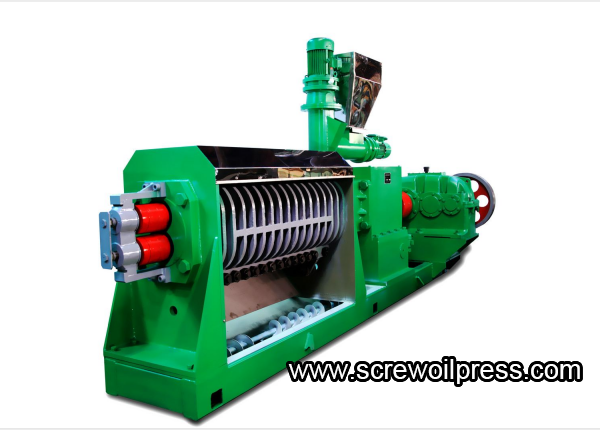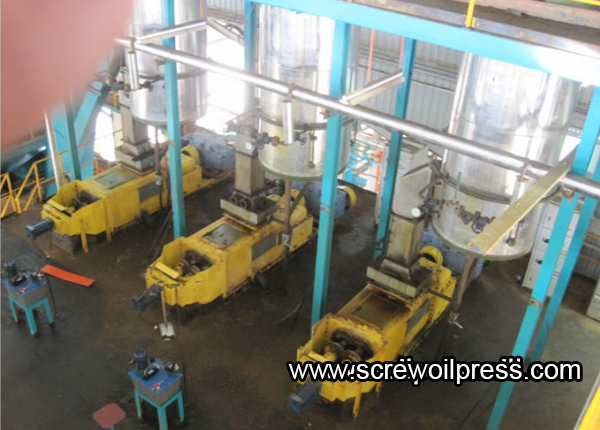- Oil Mill Machinery
- Oil Refinery Machinery
- Oil Processing Plant
- Solvent Extraction Plant
- Animal Oil Processing Machine
- Feed Processing Machine
- Palm Oil Mill
- Industrial Drying Machine
- Grain Processing Machinery

NEWS
The Production Process Of Edible Oil
Time:Tue-11-21 hits:
The production process of edible oil is divided into leaching method and pressing method.
The price of edible oil squeezed out by different processes will be different. The price of leaching oil is lower than that of pressed oil.
The price of edible oil squeezed out by different processes will be different. The price of leaching oil is lower than that of pressed oil.
The leaching method uses chemical solvents throughout the process, and there will be a certain amount of residue in the final product, which is within the allowable range of the national standard. The edible oil produced by this process has the advantages of large output and low price.
The squeezing method is a physical squeezing method to squeeze out the lipid components in the raw materials without the need to add chemical solvents throughout the process. The yield of edible oil produced by this process is lower than that of leaching, and the price is higher.

1. Traditional Pressing: physical pressing.
Advantages: The nutrients are kept intact, and it smells oily.
This method of pressing is rarely used now, because it requires labor, low efficiency, low oil yield, high cost, and high price, and it takes several days to settle for natural precipitation to obtain refined oil.
2. Screw Press: Press with a certain temperature is between large machine press and traditional press, and the oil color is similar to traditional press.
The refined oil in this way is squeezed by machines throughout the process, with low cost, high efficiency, and high oil yield, but the nutrients will be lost.
3. Machine Squeezing: Through advanced large-scale machinery and equipment, squeezed at a certain temperature and then decolorized, refined and filtered into finished products, the oil is golden and bright.
The refined oil in this way is squeezed by machines throughout the process, which has low cost, high efficiency, and high oil yield, but most of the nutrients will be lost.
4. Chemical Leaching: theoretically the highest way to produce oil. The oily plant seeds are first crushed into flakes, and then soaked in a solvent to make semi-finished products (crude oil). The crude oil is refined into edible oil through chemical high-temperature refining.
The finished oil in this way is extremely transparent, low in cost, and cheap, but most of the nutrients will be lost.
The above four production methods are all crude oil. The crude oil is refined. The moisture, impurities, acid value and peroxide value of the oil meet the national quality standards, and it is not easy to rancidity and deterioration, and is advantageous for storage. .
The Crude Oil Refining Methods Include:


1. Mechanical Method: including precipitation, filtration, and centrifugal separation, mainly used to separate some peptic impurities suspended in the oil from mechanical impurities;
2. Chemical Method: mainly includes acid refining and alkali refining, in addition to fatification, oxidation, etc. Acid refining is treated with acid to remove pigments and peptic impurities, and alkali refining is treated with alkali to remove free fatty acids. Oxidation is mainly used for decolorization.
3. Physical and Chemical Methods: mainly include hydration, decolorization, steam distillation, etc. Hydration mainly removes phospholipids, decolorization mainly removes pigments, and steam distillation is used to remove odorous substances and free fatty acids.









